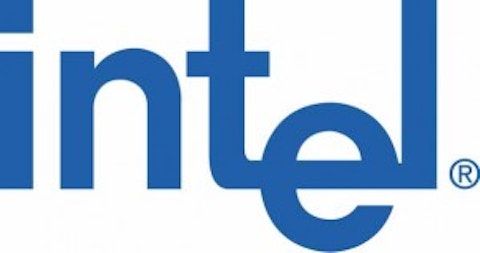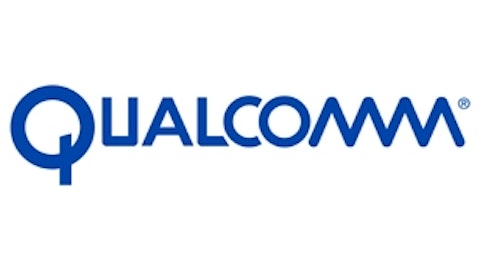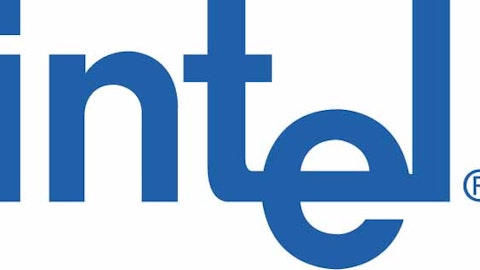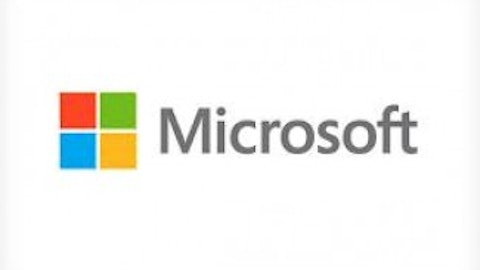Although Intel Corporation (NASDAQ:INTC) stock may look cheap compared to the S&P 500, there’s good reason for the low price tag. Between a faltering PC market, anemic revenue growth, and profitability concerns, Intel investors have a lot of things to worry about. Together, these factors certainly beg the question: Should you sell your Intel stock today?
PC sales still top dog

Anemic revenue growth
Without revenue growth, a company’s earnings growth potential is dampened because there’s only so far cost-cutting can take profitability to new heights. Intel Corporation (NASDAQ:INTC) lowered its full-year forecast, now expecting revenue to be flat year over year, which doesn’t bode well for profit growth. Analysts expect Intel to post a 12.2% decline in earnings this year and grow by 5.9% in full-year 2014, driven by a 3.9% increase in revenue. For the long-term investor, profitability growth remains a fundamental driver of shareholder returns. Will a 5.9% growth in earnings from a weak comparable be enough to drive Intel stock higher?
Falling prices
Assuming Intel Corporation (NASDAQ:INTC) is successful as it gears up to enter the ultra-mobile space with its upcoming Bay Trail processor, it’ll likely have a negative impact on the company’s average processor selling price. In order for Bay Trail to gain market share against the ARM Holdings plc (ADR) (NASDAQ:ARMH) competition, I’m expecting its average selling price to be somewhere in neighborhood of QUALCOMM, Inc. (NASDAQ:QCOM)‘s, which is about $22 — roughly one-fifth of Intel’s estimated average selling price of $107. Additionally, the mobile computing revolution continues to put negative pressure on the price of PCs, further compounding Intel Corporation (NASDAQ:INTC)’s average selling price pressures.
The hope is that any future decline in processor average selling price can be offset with an increase in unit volume, but that’s not guaranteed, nor does it mean total dollar profits will remain stable. Even if Bay Trail can maintain profit margins in line with the rest of Intel’s processors, a $22 or even $30 processor simply doesn’t have as much available profit as a $107 chip.
Ultimately, Intel’s profitability prospects will be driven by a number of variables, including how the overall PC market fares, if average selling prices decline due to consumers shifting to products like Bay Trail, and if Intel can make up any shortfalls with sufficient unit growth. It’s not exactly clear-cut.
No catalyst in sight
We may get a better sense of Intel’s future prospects during its investor meeting in November, but it likely won’t be until its 2014 earnings results that investors begin to get the scoop how these headwinds are actually influencing results. At that time, Intel’s Haswell and Bay Trail processors will have made their run, investors will know if the PC market has begun to stabilize, and we’ll know if ultra-mobile products are hurting Intel’s total profitability thanks to declining prices.




